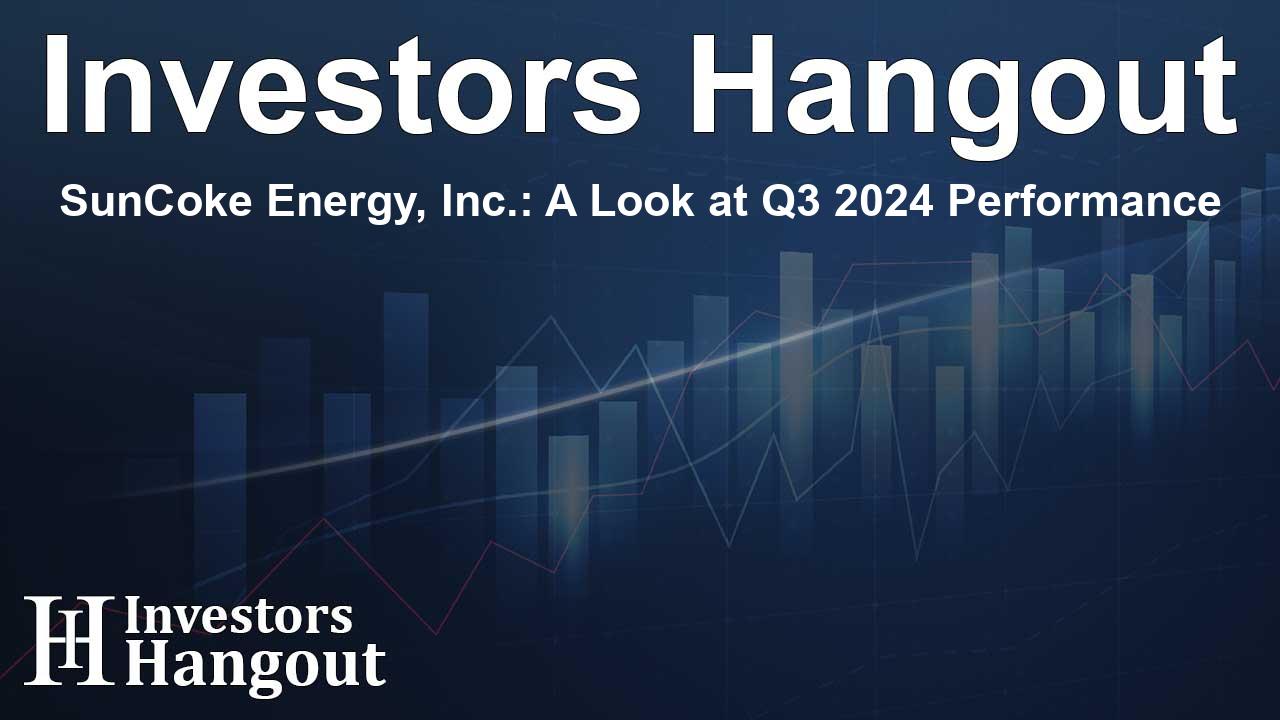London Metal Exchange Struggles as Battery Metals Surge Ahead

London Metal Exchange Faces Challenges in Battery Metals Trading
The London Metal Exchange (LME), renowned for its dominance in the industrial metals market, is finding it challenging to keep pace with the growing battery metals trading sector. While global demand for metals such as lithium and cobalt is on the rise—fueled by the electric vehicle (EV) revolution—the LME is struggling to capitalize on this trend.
Competition Grows from Other Exchanges
Other exchanges, particularly the U.S. CME Group, are rapidly gaining traction in the lithium and cobalt markets. Initially, the LME was the go-to for traders, but recent shifts in trading patterns have seen the CME outperforming it significantly. For instance, CME's lithium hydroxide contract experienced an astounding increase in trading volume by 759% compared to the previous year, highlighting a stark contrast to the LME, where activity has been minimal.
Market Dynamics Favor CME
The shift towards hedging with futures instead of relying solely on annual fixed-price contracts has worked in favor of competitors like the CME. The LME’s complex structure and less robust marketing strategies have left it trailing behind.
The LME’s Unique Market Structure
LME’s unique setup, where contracts can have varied expiry dates, adds a layer of complexity that may deter participation. Matthew Chamberlain, LME's Chief Executive, noted that this specificity, while helpful for tailored transactions, could impede liquidity. Standardized processes, as seen in other exchanges, might be more appealing for traders or potential participants.
Recent Efforts to Revitalize Trading
In response to the challenging landscape, the LME has proposed several measures to enhance electronic trading and improve liquidity. Additionally, the introduction of fee waivers for cobalt and lithium transactions aims to incentivize more trading activity on the LME.
Pushing for a Futures Market in Lithium
Until recently, lithium trading largely relied on fixed-price contracts. Considered similar to the historical landscape of iron ore trading, lithium's market has immense untapped potential. Analysts predict that as volatility stabilizes, large corporations will increasingly adopt futures markets for this critical metal. The anticipated tripling in hedging activity by 2030 reflects the confidence some experts have in the market’s growth trajectory.
Future of Hedging in the Battery Metals Sector
Although current hedging activities are projected to be modest, experts believe there is substantial room for growth. Currently, it's estimated that only about 10% of global supplies will be hedged, but this figure could rise significantly as companies become more comfortable with this form of risk management.
Shifting Focus to Cobalt
While lithium grabs headlines, the LME's performance in cobalt futures also deserves attention. The CME's volumes in cobalt trading outshine those of the LME by a considerable margin—reportedly 20 times greater. The modest increase in LME’s cobalt volumes this year is a positive sign, largely attributed to the adoption of responsible sourcing guidelines.
Attracting More Brands to the LME
As the demand for cobalt continues to grow alongside the rising reliance on battery technology, more brands are likely to seek listing on the LME. This influx could enhance liquidity, providing fresh opportunities for traders interested in cobalt contracts.
Conclusion: The Future for the LME
In conclusion, while the London Metal Exchange has a long-standing legacy, the evolving landscape of battery metals trading poses significant challenges. To remain relevant, LME must adapt to the new market demands and enhance its trading framework, potentially leveraging its historical reputation alongside modern market strategies.
Frequently Asked Questions
Why is the LME lagging in battery metals trading?
The LME is facing challenges due to its complex market structure and less dynamic marketing efforts compared to competitors like CME.
What changes has the LME proposed to improve liquidity?
The LME has proposed measures to enhance electronic trading and introduced fee waivers to encourage trading activity in cobalt and lithium.
How does the CME's lithium trading compare to the LME?
The CME has seen a substantial increase in lithium trading volumes, outpacing LME's activity significantly.
What is the future outlook for hedging in the battery metals sector?
Hedging activities are expected to grow considerably as companies become more accustomed to using futures markets, with predictions indicating a tripling in volumes by 2030.
Is the LME making headway in cobalt trading?
Yes, although it is trailing behind the CME, the LME has seen increasing cobalt volumes and is working to attract more brands for listing.
About Investors Hangout
Investors Hangout is a leading online stock forum for financial discussion and learning, offering a wide range of free tools and resources. It draws in traders of all levels, who exchange market knowledge, investigate trading tactics, and keep an eye on industry developments in real time. Featuring financial articles, stock message boards, quotes, charts, company profiles, and live news updates. Through cooperative learning and a wealth of informational resources, it helps users from novices creating their first portfolios to experts honing their techniques. Join Investors Hangout today: https://investorshangout.com/
Disclaimer: The content of this article is solely for general informational purposes only; it does not represent legal, financial, or investment advice. Investors Hangout does not offer financial advice; the author is not a licensed financial advisor. Consult a qualified advisor before making any financial or investment decisions based on this article. The author's interpretation of publicly available data shapes the opinions presented here; as a result, they should not be taken as advice to purchase, sell, or hold any securities mentioned or any other investments. The author does not guarantee the accuracy, completeness, or timeliness of any material, providing it "as is." Information and market conditions may change; past performance is not indicative of future outcomes. If any of the material offered here is inaccurate, please contact us for corrections.









